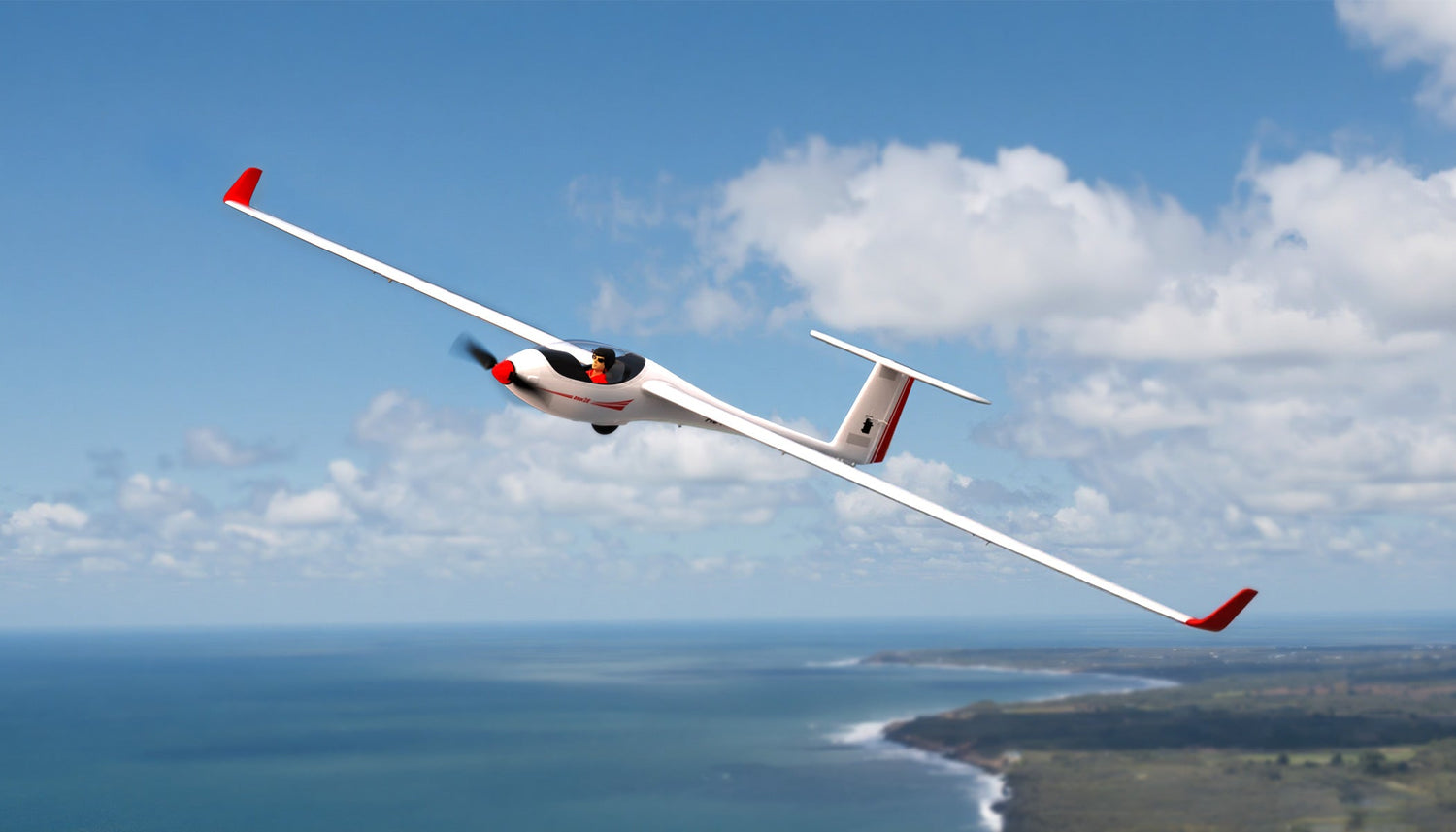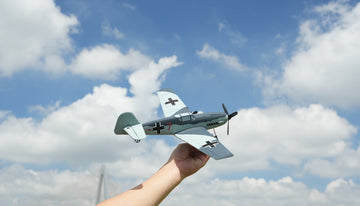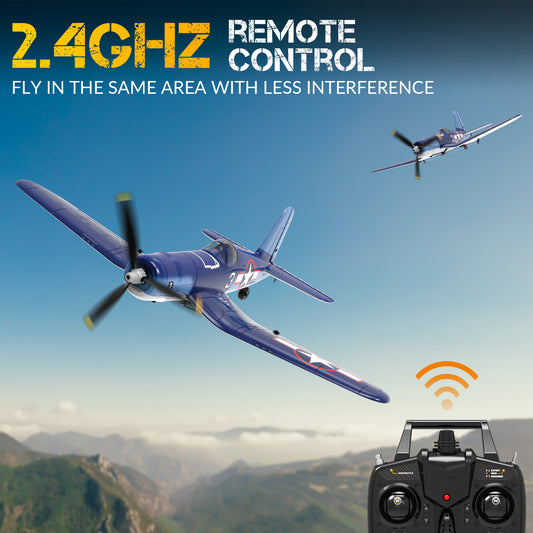What is a Remote Control Plane Motor? Types, Examples, and Selection Tips
Intro
In this article, we will explore what a remote control plane motor is and the types of airplane RC motors available. We'll break down the different classifications, introduce several model airplane motors, and explain how the performance of the same RC aircraft can vary depending on the motor it uses. Finally, we’ll cover how to choose the most suitable motor for your aircraft.
What is a Remote Control Plane Motor?
Simply put, a remote control plane motor is the power source that enables your model plane to take flight. Just like cars and full-scale airplanes need engines, RC airplanes need motors to create the thrust necessary for lift-off. These motors, powered by fuel or electricity, drive propellers to push air over the wings, generating the lift needed to get your aircraft off the ground.
The motor you choose not only influences the speed and altitude but also determines the overall performance and handling characteristics of your plane. So, selecting the right motor is essential for a smooth, controlled, and enjoyable flight experience.

Why Choosing the Right Model Airplane Motor Matters
Picking the right motor for your RC plane is more than just matching sizes. The motor impacts power, efficiency, and flight duration. Choosing the wrong motor could lead to insufficient power, excess weight, or reduced battery life, potentially grounding your aircraft. Here’s why selecting the correct model airplane motor matters:
- Optimized Performance: The right motor offers balanced power output and controls, making your plane easier to fly and improving maneuverability.
- Extended Battery Life: A compatible motor helps maximize your battery’s runtime, giving you longer flight sessions.
- Reduced Wear: Matching the motor to your plane’s size and weight prevents unnecessary strain on components, leading to longer-lasting equipment.
Types of RC Plane Motors
RC plane motors come in several varieties, each suited to different aircraft types and flying conditions. Let’s dive into the main types:
- Brushed Motors: Affordable and simple to operate, brushed motors are ideal for beginners but offer limited power and efficiency.
- Brushless Motors: Known for efficiency and longevity, brushless motors deliver high performance and are ideal for advanced fliers looking for a powerful, smooth flight.
- Gas-Powered Motors: Preferred for larger planes, gas-powered motors provide strong, sustained thrust but require more maintenance and fuel costs.
- Electric Motors: Offering clean, quiet power, electric motors are popular for indoor and small-scale outdoor RC planes, combining efficiency with ease of use.
Examples of Different Motors in Action
To give you a clearer picture, here are examples of how different motors affect the performance of RC planes:
| Motor Type | RC Plane Model | Performance Highlights |
|---|---|---|
| Brushless Motor | EXHOBBY Warbird Series | High speed, efficient power output, excellent for aerobatics and stunts. |
| Brushed Motor | EXHOBBY Beginner Series | Great for new pilots, lower power but stable control at low speeds. |
| Gas-Powered Motor | EXHOBBY Large-Scale Series | Ideal for large-scale models, offers extended flight time and powerful thrust. |
| Electric Motor | EXHOBBY Compact Series | Quiet and clean, perfect for small planes and indoor flying. |
How to Choose the Right Motor
Here are some tips to help you select the perfect motor for your RC plane:
- Consider Your Plane’s Size: Larger planes need more powerful motors, so choose one with adequate thrust to prevent underperformance.For beginner, chose an RC plane starter motor may be difficult. You can look at our beginner series.
- Battery Compatibility: Match the motor with your battery to avoid excess strain, which can reduce flight time or damage components.
- Flight Style: For fast, acrobatic flying, go for brushless motors; for a relaxed, controlled flight, a brushed motor may suffice.
- Operating Environment: Electric motors are great for indoor or noise-sensitive areas, while gas motors are best for open outdoor spaces.
- Budget Considerations: Brushless and gas motors are costlier but offer durability and performance; beginners may prefer brushed motors for affordability.
TIps1:What Types of Fuel Are Used for Gas Motors?
Gas-powered RC planes primarily run on two types of fuel:
- Nitro Fuel: A mix of methanol and nitromethane, popular for its power output but requires regular maintenance.
- Gasoline: Common in larger planes, more affordable, and readily available but can be heavier for certain models.
Tips2:Estimated Daily Fuel Costs
Using fuel in RC planes can incur ongoing costs. Nitro fuel averages around $30-40 per gallon, while gasoline may cost $3-4 per gallon, depending on the model and usage.
Conclusion
In summary, the RC plane motor is the heart of any model aircraft, powering it through the skies. Choosing the right motor affects not only performance but also your overall flying experience. Consider the factors outlined here to select a motor that fits your flying style, budget, and model needs. For those looking for high performance, check out our EXHOBBY Warbird Series for a brushless rc airplane motors.
If you're only looking to purchase a motor, you can check out our accessories page or contact us. The page offer rc airplane motors for sale.

































